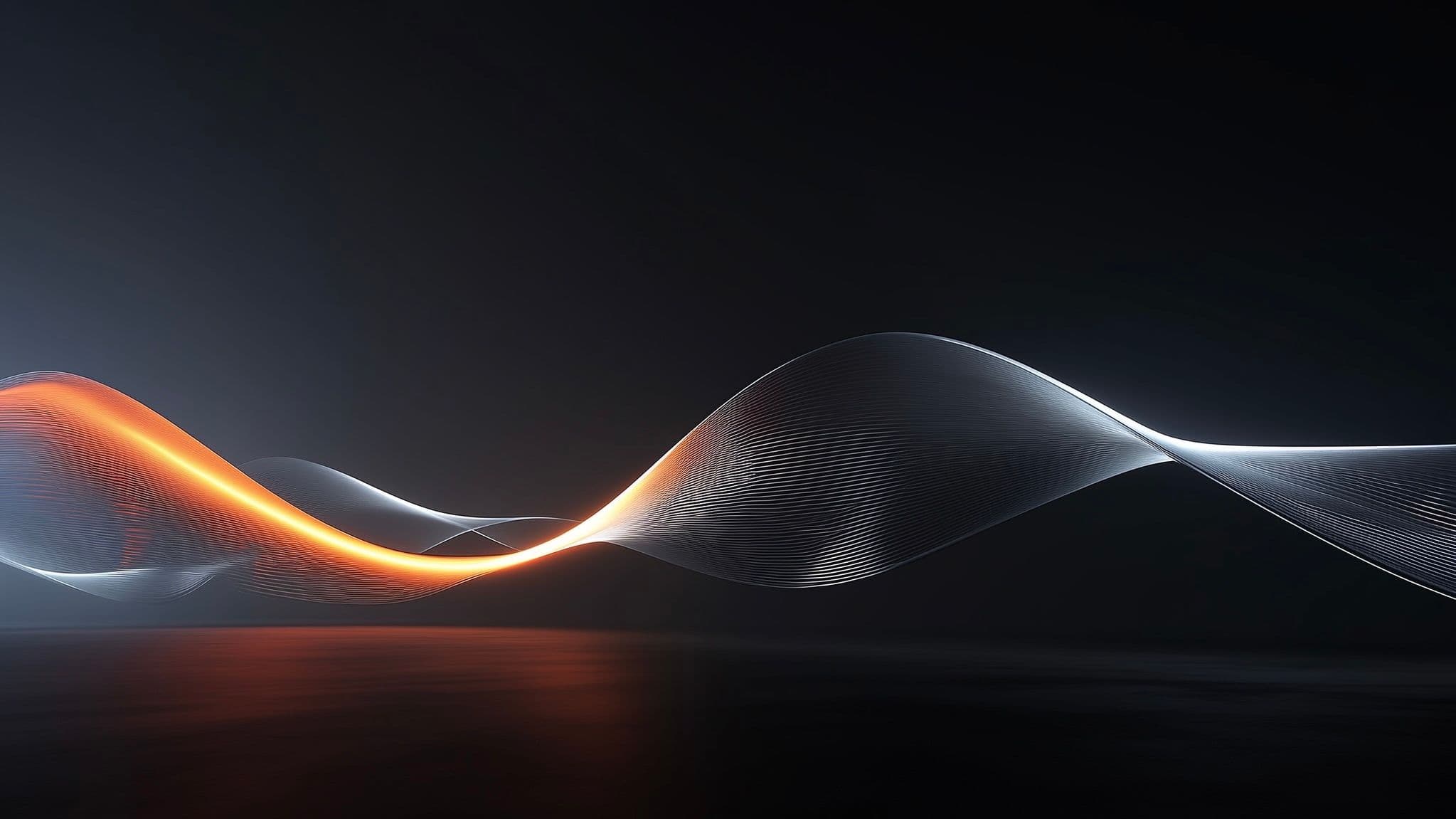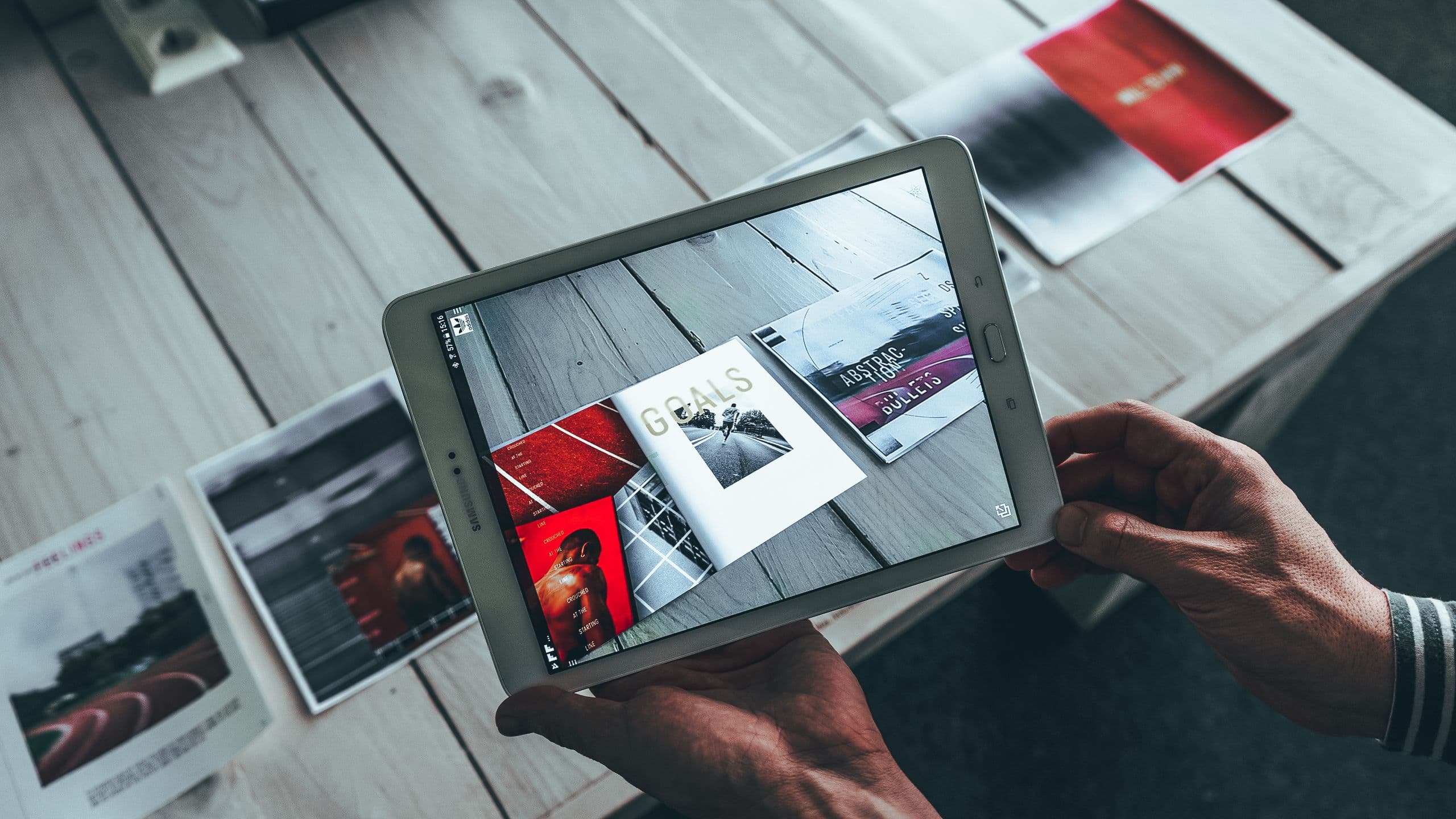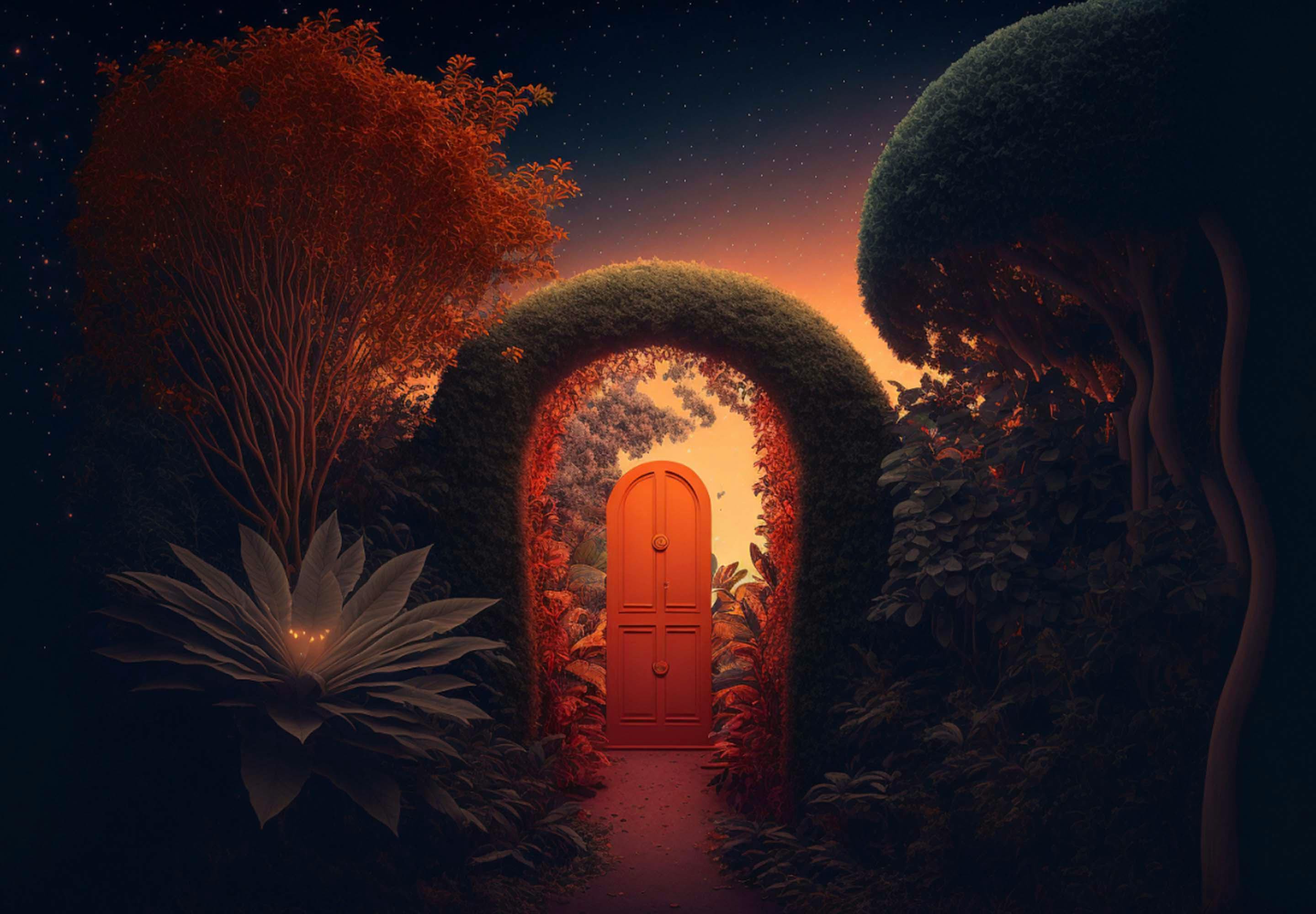The industrial revolution of the creative industry

Would you like to know more?
Get in touch with Simon
Stay Connected
Curious about how branding and consumer psychology intersect? Subscribe to our newsletter for expert insights and strategies built around our core service pillars: identity, development, and 3D & Ai technology. Let’s help your brand forge deeper connections.
How Ai can be used in creative work and content creation, most part of this text is written by an Ai by entering around 3000 characters and doing 4 rounds of iterations.
The Content creation Industry has been changing from the beginning. It started with painting on cave walls, linen and papers, book pressing industry, the introduction of cameras and then computers, but now we are facing a new era: the age of artificial intelligence (AI).
In this article, we will take a look at how AI is changing the way we create content and creative work in our industry.

Content creation is can be done quicker than ever before. With the help of AI, you can create your own assets for marketing campaigns or storyboards ten times faster! You can also get inspiration or find an image for any production or campaign in minutes. AI such as Midjourney, Stable Diffusion, and Dream Studio will help you with character design, scene design and much more — a huge leap forward! Think about it: an AI makes a picture that another AI makes into a 3D model from which we can then create our own animation based on prompts! Video editing software like Runway cuts many hours of manual work in order to remove or add items to your production. The same thing with an AI being able to automate large amounts of picture editing in less time.
How does it work?
Most AI systems work with prompts. A prompt is a description in words—a topic, a mood setting, or even some specific details about what you want (like "I want you to make me something with blueberries").
As an example, let's look at how an actual artist's can use AI in their creative process. Normally, the artist gets inspiration from a mood board, which is basically a collage of images that help get the specific inspiration they need. AI mimics this process: It makes something new based on something that exists. AI has huge data sets to get the same kind of inspiration from. However, the AI needs to get prompts to understand what it should look for. Moreover, it can even track down specific lighting or details if clearly described in the prompts! The artist can use the output from the AI as starting point or as actual design.

Is AI a threat for artists?
The new machine learning tool that is being pioneered by Midjourney, Stable Diffusion, and Dream Studio is a huge leap forward in production, but it's not without its potential pitfalls. One of the biggest concerns is that people will lose their jobs.
The data sets and typical outcomes of this technique are so large that they can't be viewed by a human in real time. For example, if you are looking at data on African architecture, you will see lots of small huts—which might offend some people or create a stereotypical image.
This issue could easily be avoided by using only public domain images for your data set, but there's another problem: Once an image has been used enough times in your data set, it becomes genericised and loses its uniqueness. This means we end up with a data set based on all pictures every time, which makes generic outcomes inevitable.
If people stop making paintings or use their own craft for creativity, the overall creative output in the world will become less personal and more mechanical than we'd like it to be and that would be unfortunate!
The use of machine learning in the field of arts has long been a subject of debate. With new technology comes new questions, and AI is no exception.
In particular, there are two main concerns about the use of machine learning in art: what does it mean for human creativity? And will people lose their jobs?
First question: What does it mean for human creativity?
Machine learning has long been used in other fields to reduce the need for human labor. Will this happen with art as well?
The answer is… maybe! It depends on how you look at it. If you are considering machine learning as a way to automate processes (such as creating paintings), then yes, it will reduce the need for humans in that area. But if you are going to use it as a way to expand our collective knowledge base through data collection and analysis, then no, it won't change anything about how humans learn or create things. In fact, we might even see more creativity come out of it because more people will be able to access large amounts of information that they couldn't before (for example, someone who doesn't have access to certain kinds of books or images can now find them easily).

Second question: Will people lose their jobs?
Over the last few years, we've seen a lot of new tools that have completely changed how we think about digital art. Most recently, there's been a lot of excitement around Midjourney. This new technology promises to revolutionise the way we create and consume art by allowing anyone with a laptop, to create beautiful digital images using just their own data; the results really are stunning.
Does this mean that all artists will be replaced by machines in the near future? Or that consumers will be able to create their own masterpieces at home? And what does it mean for us as individuals within our larger artistic community? Will this change how we feel about ourselves as creators or consumers of art?
We don't have all the answers yet—but we're excited about being part of this process together!
As our world becomes more and more automated, we are seeing a steady decrease in the need for human labor. Many jobs that have traditionally required a human touch are being replaced by machines and computers. This has led to concerns about whether or not people will be able to adapt to the changes that this new technology brings.

One particular concern is what it means for artists and creators who use computers as part of their work. Will they be able to continue making art? Or will they be replaced by machines that can do it better?
In this article, we will look at some of the ways artists are using machine learning in their work, and how they are adapting to these new tools. We will also look at some of the concerns people have about this trend. Finally, we will examine some possible solutions for artists who want to continue creating art with computers without losing their jobs in the process.
When you think about it, the way we approach creative work has changed a lot in the last few years. Can you remember the last time you sat down with a pencil and paper and drew something? If you can't, it's because you don't need to anymore.
That's because computers have become so advanced that they can do most of the work for us, right down to painting our portraits or writing our poetry. And while this is great news for people who find it hard to come up with ideas, there are some serious problems with this new technology that we need to address before it's too late.
The first challenge is that many people will have to stay on top of the AI game, to not fall behind. This however means that digital jobs will become faster, and some of the tasks will be replaced by AI. However, this also means that there will be a higher demand in manually crafted work, since as we discussed before, AI might in the end, look a little generic. So, if you want to stand out from the crowd, you need that human touch.
We should embrace these new amazing tools and not be afraid for them. When cameras came, painters were afraid of their jobs. Now, artists are worried that machines will do their jobs better than they can themselves! But remember: yes, they can do it faster, but you still need an artist to make a piece of art. You need to come up with the prompt and steer the machine in a direction before you will end up with something beautiful.

Audio Branding 2.0: Composing Sonic Identities That Linger in the Mind’s Ear
Read this article

Cultural Resonance KPIs: Measuring Emotional Impact, Not Just Conversion Rates
Read this article

Predictive Brand Narratives: Shaping Tomorrow’s Conversations Today
Read this article
